7 Spider Plant Benefits – What are They Good For?
Spider plants (Chlorophytum comosum) are perfect for any home with a lot of light, especially if you’re looking for an air purifier. The plant is known for its ability to clean air and remove toxins from the environment. Spider plants also increase humidity in your home and add much life and color to any room.
Spider plants are good for air purification, removing indoor airborne pollutants such as formaldehyde, benzene, and other toxic fumes. Other benefits include the absorption of ozone, humidification, indoor decoration, and being used as food.
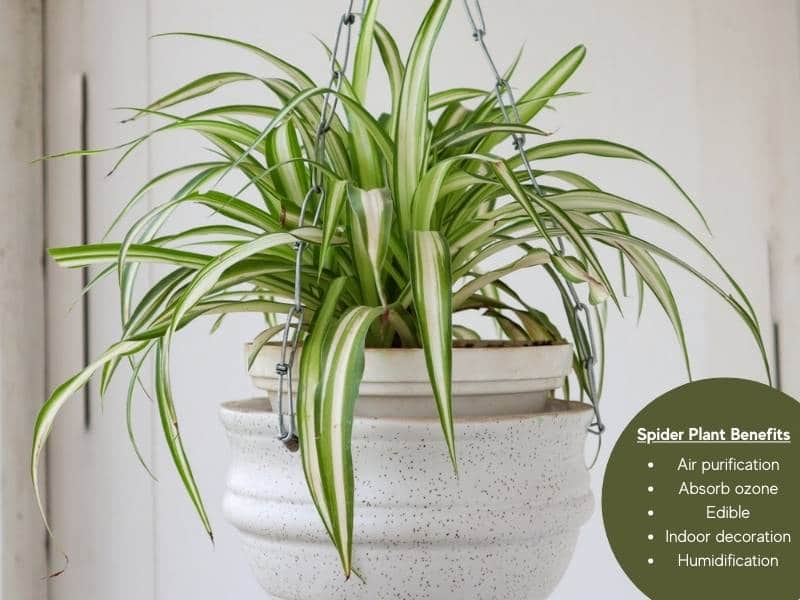
But, those are not the only benefits of spider plants. Below, I’ve researched the benefits and advantages of spider plants and how they work to help you decide if it is the best indoor plant for your home.
Benefits of Spider Plants
Spider plants are easy to grow, but they do need a lot of light. They don’t usually require water more than once or twice a month and can also be grown in hanging baskets without any soil at all. Growing them not only makes your home beautiful but also cleaner due to their amazing benefits.
Here are the benefits of spider plants:
1. Air purification
Spider plants can be used to clean the air in your home or office. They work by getting rid of formaldehyde, a chemical that is emitted from furniture and building materials.
The spider plant converts this harmful substance into harmless carbon dioxide. According to a NASA study, spider plants are one of the best plants for air purification.
Spider Plants have been shown to remove up to 95% of toxins commonly found in homes like fuming solvents, benzene, trichloroethylene, xylenes, and ammonia.
The spider plant was first noted by NASA as being especially effective at removing airborne pollutants such as formaldehyde when compared with other common household plants.
It was tested by NASA scientists in 1989, who determined that it outperforms nine other common indoor air-purifying plants, including three types of ferns, two varieties of philodendrons, English ivy, peace lilies, weeping figs (Ficus benjamina), snake plant (Sansevieria trifasciata), and mother-in-law’s tongue cactus mosses (Beaucarnea recurvate).
2. Increase humidity
Spider plants can be a great addition to any home or office because they increase the humidity in your space.
If spider plants are placed near an open window, you will notice more condensation on the windows.
The water droplets left behind after this plant has been watered provide humidity for up to 12 hours when evaporating. Spider plants often have many leaves which provide shade over hot surfaces, which helps reduce moisture loss during summer days.
The plant grows well when indoor humidity is between 40% and 60%, which is great for keeping the atmosphere in your home humid.
3. Indoor decoration
Another great benefit of spider plants is that they add color and life to indoor spaces.
Spider plants are characterized by a dense, green, or white rosette of long thin arched leaves. The leaves can also be variegated, which makes the plant appear bold and beautiful, especially when hanging in flowers. This is why it was common in Victorian-style households.
As such, spider plants are beneficial and can be used to decorate indoor spaces such as a living room or bedroom by hanging them from the ceiling, windows, or shelves in pots. They also make excellent tabletop decorations.
4. Spider plants are edible
Spider plants are edible, which makes them great for indoor and outdoor gardens. Spider plants are so named because of the way they grow their roots from a central point. They form fleshy, vertical roots that extend outwards and store more water and nutrients in low-moisture environments.
Both the roots and leaves are edible even though not common by many growers in the United States. Spider plant leaves can be used in salads or cooked as a side dish. They also have a mild flavor, which makes them perfect for adding raw into dishes such as green smoothies, stir-fries, egg bakes, lasagna casserole recipes, and more.
5. Spider plants are therapeutic
One study found that adding spider plants to hospital wards reduced stress levels in patients. The study found that patients who had a spider plant for at least two weeks improved their mood and reduced cortisol levels, a stress-related hormone.
Spider plants are therapeutic because they offer so many benefits including reducing depression, anxiety, anger, and tension. This benefit is linked to the plant’s ability to create a healthy living environment by getting rid of toxins and absorbing carbon dioxide and toxins including formaldehyde and xylene.
6. Clear airborne irritants
The spider plant is also good for people who suffer from allergies or hay fever because it can help remove allergens in the air, including dust mites, pollen, mold spores, pet dander, and more.
When these toxins are removed from the air they no longer cause allergic reactions. In this way, spider plants work as air purifiers for the smallest airborne pollutants that most air purifiers and scrubbers are not able to remove from the atmosphere.
7. Spider plants absorb ozone
Ozone is a colorless gas composed of three oxygen atoms and is created by the reaction between sunlight, water vapor, NOx (nitrogen oxide) or SOx (sulfur oxide), collectively called oxides of nitrogen.
It can be harmful to human health if breathed in high concentrations for long periods of time. If ozone is absorbed into water droplets, it is then broken down and will not be harmful to humans.
Spider plants can absorb ozone from the air because of their ability to breathe through the leaves as well as having a porous structure that allows for gas exchange. Ozone negatively affects spider plants by causing brown spots on the plant’s leaves which reduce the plant’s ability to photosynthesize.
f you are going to introduce spider plants into your home, it is best if they have been grown in an ozone-free environment so that the plants can acclimate themselves and build up a tolerance for these harmful gases.
Are spider plants safe for cats and dogs?
Spider plants are beneficial indoor plants that are safe for pets (cats and dogs). In fact, spider plants don’t emit any harmful toxins that can harm your pets, and they make a great addition to your pet’s environment because of their high oxygen production capabilities.
In the end, spider plants are best left outside as houseplants or inside if you have cats or dogs. They may come into contact with these types of animals from time to time while out on walks so it’s always important to keep them away from water sources such as fountains where cats like to drink.
Spider Plant Care
In order to take care of your spider plant, you need to know how light and water can affect it. Spider plants like bright indirect or diffused light but not direct sunlight. They also do well in shady areas outside as long as they are watered regularly.
The pH is important for the health of this houseplant too. Spider plants need soil with good water drainage. The pH range should be 6.0 -7.2, which is acidic to slightly alkaline, and any general-purpose potting mix will work for this plant.
For watering, spider plants should be watered once a week when the soil feels dry to your touch. It is important not to overwater your spider plant as it can kill the plant easily.
Spider Plants also need a humid environment in order for them to grow well. They can’t tolerate cold temperatures and will die if exposed to frost or freezing weather conditions. Therefore, keep this plant indoors during winter months or on an enclosed porch where they are protected from the elements.


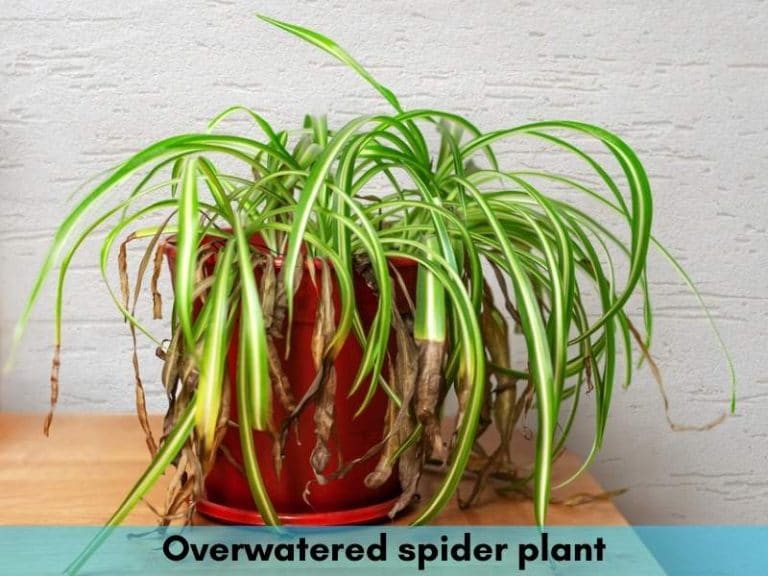
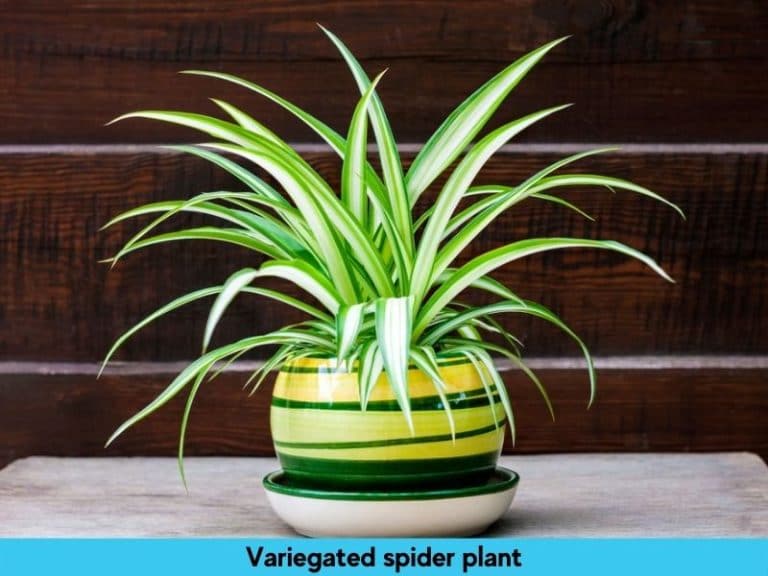
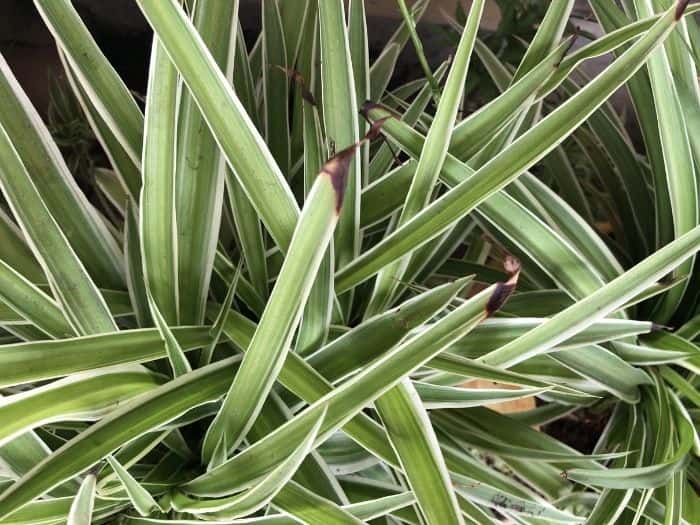
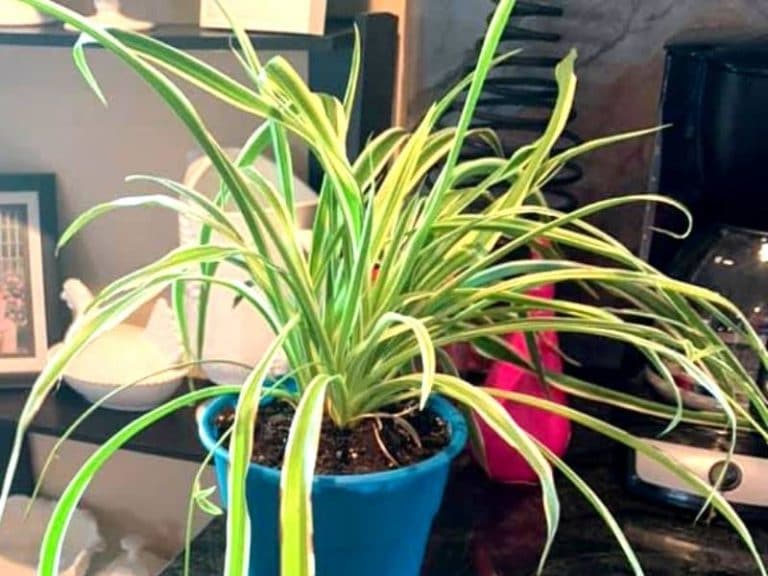
I hate spider but I love spider plant. Really bad name but awesome benefits and maintenance. Spider plant good!